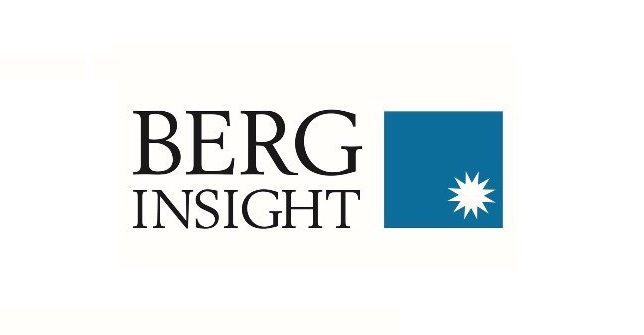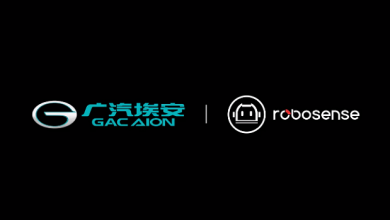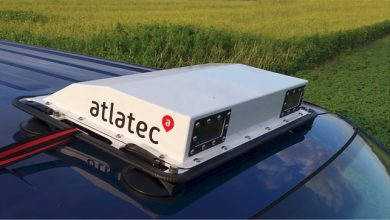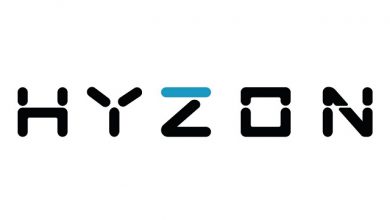Shipments of cellular IoT modules exceeded 300 million units in 2020

Berg Insight estimates that global cellular IoT module shipments increased by 14 percent to a new record level of 303 million in 2020. Annual revenues grew slower at 8 percent to reach US$ 3.4 billion. While the COVID-19 pandemic affected demand in several major application areas in 2020, the global chipset shortage will have a broader impact on the market in 2021 and curb growth of IoT device shipments in the near term. Until 2025, Berg Insight forecasts that cellular IoT module shipments will grow at a compound annual growth rate (CAGR) of 15.8 percent to reach 629.6 million units.
The results of Berg Insight’s latest cellular IoT module vendor market share assessment show that the five largest module vendors, including Quectel, Sierra Wireless, Sunsea AIoT, Fibocom and Thales, have 71 percent of the market in terms of revenues. “The performance of the top vendors varied markedly in the year, to some extent due to different exposure to geographical and vertical markets that were affected by the COVID-19 pandemic”, says Fredrik Stalbrand, Senior Analyst at IoT analyst firm Berg Insight. China-based Quectel and Fibocom experienced the highest module sales growth at around 40 percent, driven by strong demand for 4G LTE and LPWA products. In the coming year, Quectel is set to surpass the US$ 1 billion mark in annual revenues, the first of any cellular IoT module provider.
Following the commercial availability of 5G modules in mid-2020, several IoT device makers launched 5G devices during the year. These include a number of IoT gateway vendors, as well as car makers in China. A wider range of IoT devices supporting 5G networks are expected to reach the market in 2021 and beyond as network coverage improves and IoT-optimised modems become available in volume with attractive pricing. Another key accelerator for the adoption of 5G in the IoT market will be support for reduced capability (RedCap) devices that will be introduced in the upcoming 3GPP Release 17. Sometimes also called NR Light, RedCap devices will be less expensive compared to the 5G devices that are being deployed today and offer higher data rates than LPWA technologies like LTE-M and NB-IoT. Modules supporting the specification will likely reach the market in 2023 and increase the addressable market for 5G NR into use cases like wearables, video surveillance and industrial monitoring.






One Comment